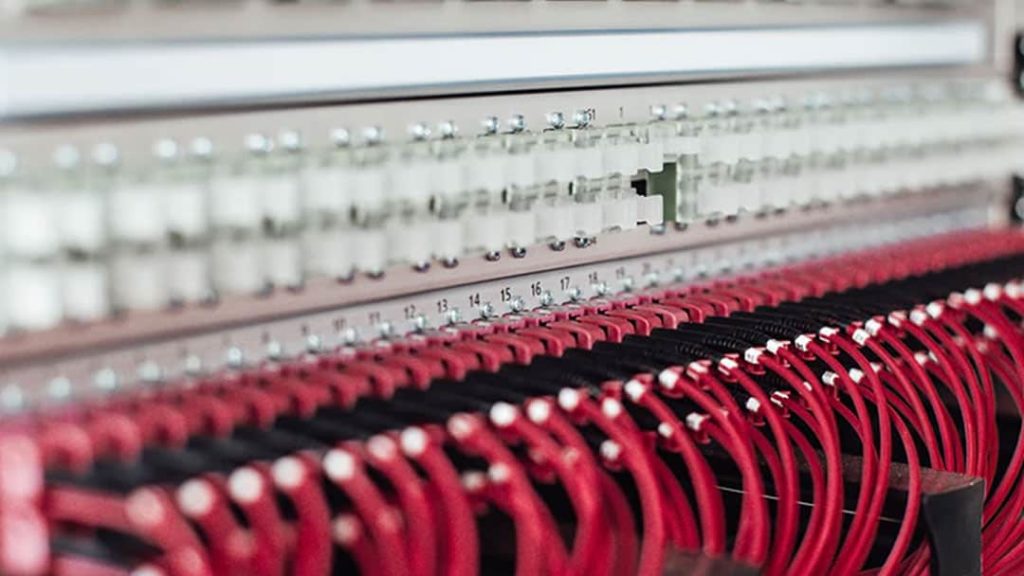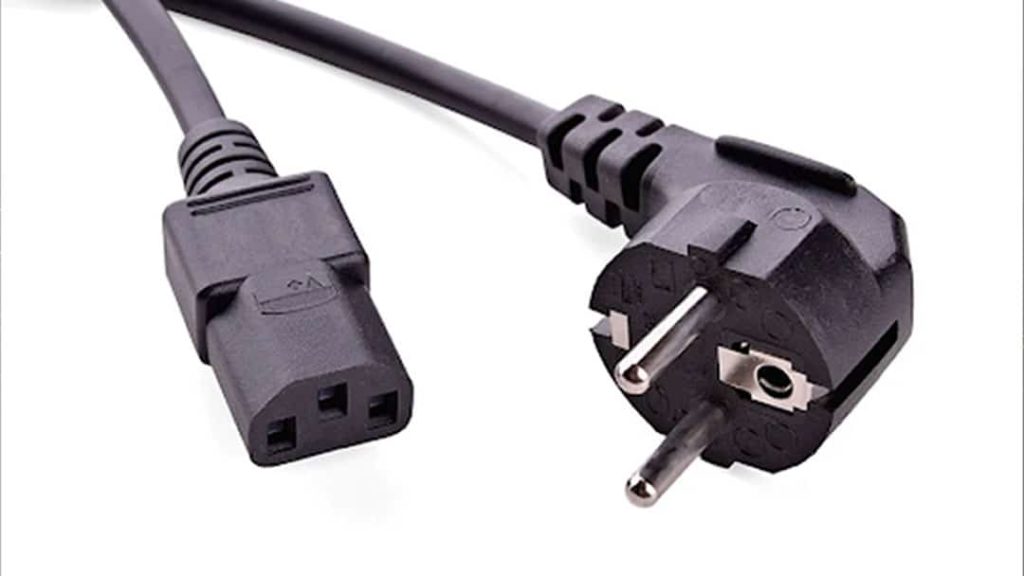Data centers play a vital role in our digital world, serving as the backbone of our increasingly interconnected society. As the demand for faster and more efficient data processing continues to grow, the need for advanced technologies to support these requirements becomes paramount. One such technology that is empowering the next generation of data centers is high-density fiber. In this article, we will explore the concept of high-density fiber and its applications in data centers, highlighting its advantages over traditional materials like Medium Density Fiberboard (MDF).
Related Link: Data Center Cable Plants Testing & Troubleshooting
Understanding Fiberboard
Before delving into the specifics of high-density fiber, it is essential to understand the concept of fiberboard. Strong and adaptable, fiberboard is a popular building material. It’s made of wood fiber that’s been pressed together with an adhesive binder and heated. This engineered wood product offers a cost-effective solution while maintaining a high level of quality assurance. Fiberboard finds applications in various industries, including furniture, cabinetry, wall panels, and ceiling tiles.
Ready to harness the power of digital transformation? Contact us today and unlock new possibilities for your business!
Differentiating High-Density Fiberboard (HDF) and Medium Density Fiberboard (MDF)
High-Density Fiberboard (HDF)
In comparison to standard particle boards, High-Density Fiberboard (HDF) is both thinner and denser, making it a superior composite material. A composite material made of wood fibers that have been pressed, heated, and bonded with resin. HDF is superior in many ways: it is durable and won’t warp, split, or swell when exposed to moisture. This smooth surface is ideal for use as a flooring material or for painting. HDF is great for heavy-use flooring, furniture, and cabinets due to its high compressive strength.
Medium Density Fiberboard (MDF)
MDF is a man-made wood product created by breaking down softwood or hardwood residuals into tiny fibers. Flat boards are made by pressing together fibers, wax, and resin. Compared to other similar materials, MDF has exceptional strength, is inexpensive, and won’t shrink or warp. Despite its increased susceptibility to impact damage due to its lack of internal grain, MDF continues to be a popular and adaptable construction material used in the furniture industry and elsewhere.
Related Link: How Cold Aisle Containment Works for Data Centers
Advantages of High-Density Fiberboard (HDF) and Medium Density Fiberboard (MDF)

Both HDF and MDF offer numerous advantages in construction projects. HDF’s high density and stability make it suitable for applications requiring strength, durability, and moisture resistance. MDF, with its uniformity of size and strength, ease of cutting and handling, and affordability, finds applications in various projects.
High-Density Fiberboard (HDF) in Data Centers
In the context of data centers, high-density fiberboard plays a crucial role in supporting the infrastructure. Here are some of the key applications of HDF in data centers:
- Flooring: HDF’s high compressive strength and resistance to wear and tear make it an excellent choice for data center flooring. It can withstand heavy loads transmitted from above or below and provides a durable and stable surface.
- Cabinets and Racks: Data centers require sturdy cabinets and racks to house servers and networking equipment. HDF’s high weight capacity and resistance to warping and splitting make it an ideal material for constructing cabinets and racks that can withstand the demands of a data center environment.
- Acoustic Insulation: When it comes to acoustic insulation in data centers, HDF is a great option because it provides a lightweight, cost-effective material with good acoustics. As a result, the workplace becomes less noisy and more conducive to work.
Medium Density Fiberboard (MDF) in Data Centers
While high-density fiberboard (HDF) finds specific applications in data centers, medium-density fiberboard (MDF) also has its uses. Here are some of the key applications of MDF in data centers:
Paneling and Partitions: MDF is often used for paneling and partitions in data centers. It’s uniformity and smooth surface make it easy to work with, and its resistance to shrinking and warping ensures that the panels and partitions maintain their integrity over time.
Server Enclosures: MDF can be used to construct server enclosures and racks. Its strength and stability make it a suitable material for supporting the weight of servers and other networking equipment. Additionally, MDF’s affordability compared to other materials makes it an attractive choice for server enclosures.
Cable Management: Effective cable management is crucial in data centers to ensure efficient operation and minimize the risk of downtime. MDF can be used to create cable management solutions such as cable trays, racks, and channels. Its versatility and ease of customization make it an ideal material for organizing and routing cables within the data center.
Benefits of High-Density Fiber in Data Centers

High-density fiberboard offers several advantages over traditional materials like Medium Density Fiberboard (MDF) when it comes to data center applications. Some of the benefits include:
- Enhanced Durability: High-density fiber is engineered to be denser and more robust than MDF. Its superior strength and resistance to wear and tear make it suitable for high-traffic areas and heavy-load applications in data centers.
- Moisture Resistance: Data centers often have specific environmental requirements, including controlled humidity levels. High-density fiber exhibits excellent moisture resistance, reducing the risk of damage caused by moisture infiltration.
- Improved Acoustic Performance: Noise reduction is critical in data center environments to ensure a comfortable working environment and minimize distractions. High-density fiber has good acoustic insulation properties, helping to reduce noise levels and create a quieter space for data center personnel.
- Higher Weight Capacity: High-density fiber has a higher weight capacity compared to MDF, making it better suited for applications that require supporting heavy equipment, such as cabinets and racks in data centers. Its ability to handle substantial loads without warping or splitting ensures the long-term stability and reliability of the infrastructure.
Want to explore customized technology solutions for your business? Contact us now and let’s start transforming your operations!
Using High-Density Fiber
High-density fiber is revolutionizing data center construction and infrastructure by offering enhanced durability, moisture resistance, acoustic insulation, and higher weight capacity compared to traditional materials like MDF. With the growing demand for faster and more efficient data processing, high-density fiber proves to be a valuable asset in supporting the evolving needs of data centers. By leveraging the advantages of high-density fiber, data centers can optimize their operations, improve reliability, and lay the foundation for the next generation of data processing and storage facilities.
Related Link: Why Hackers Love Smart Buildings [Security Update]
Last Updated on June 8, 2023 by Josh Mahan




